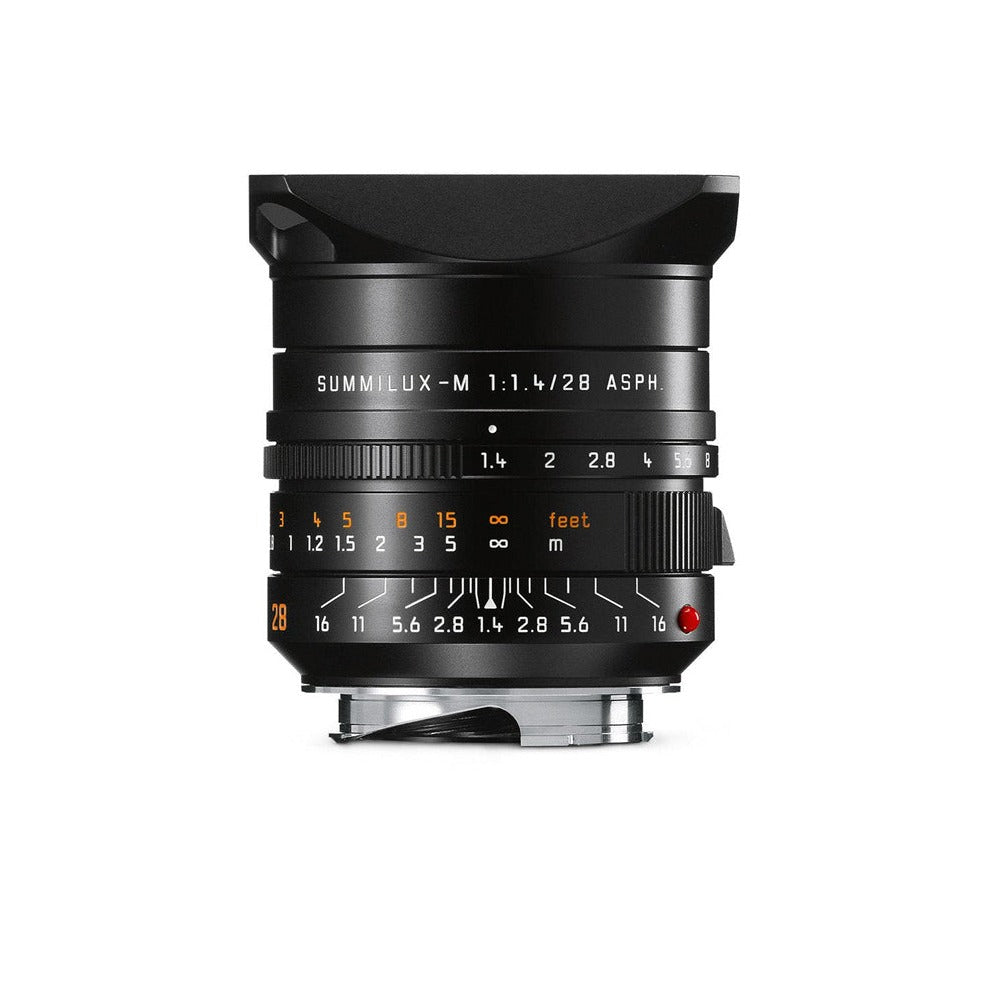
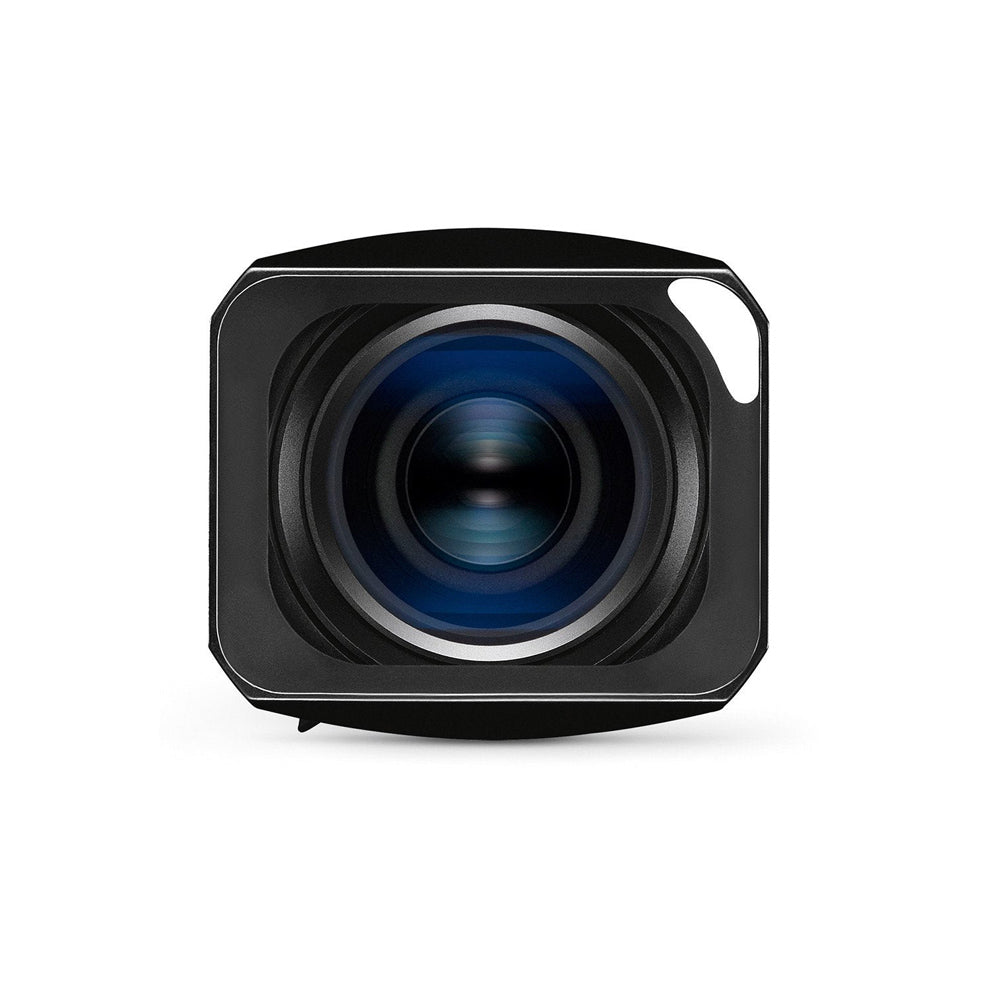
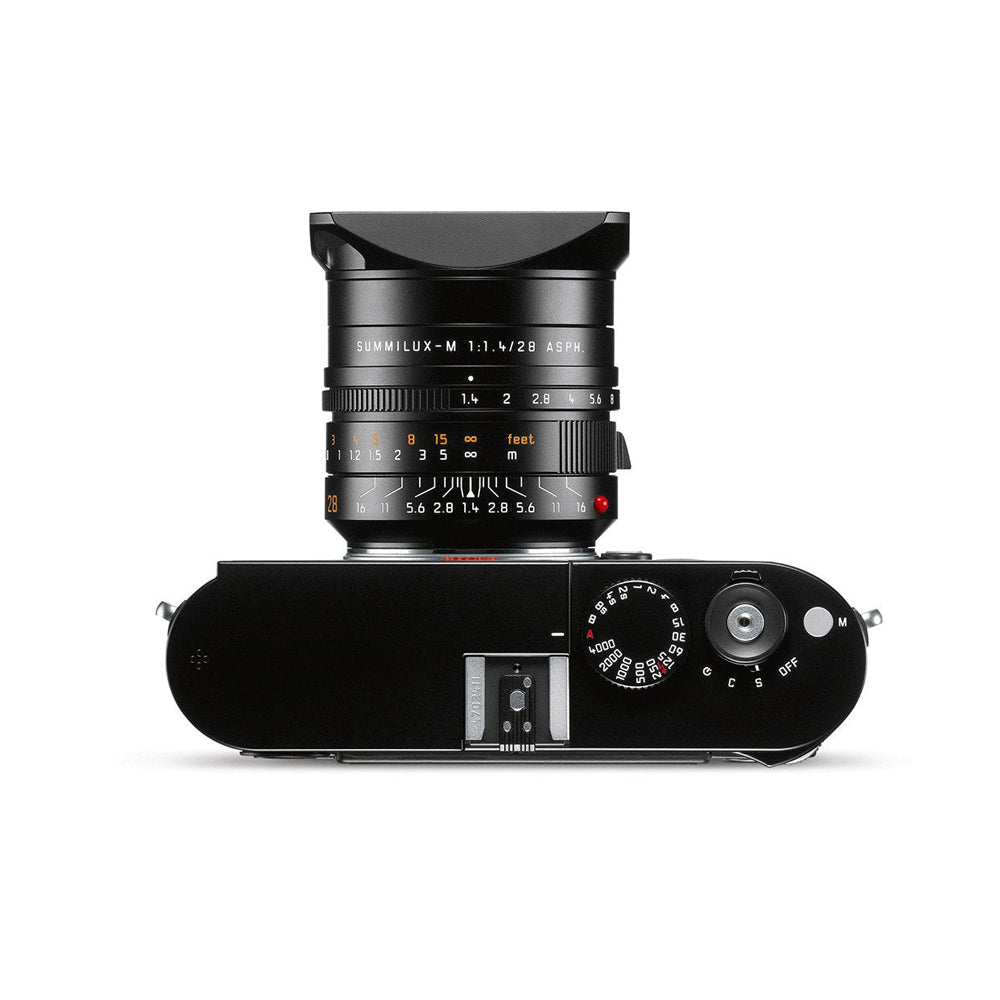
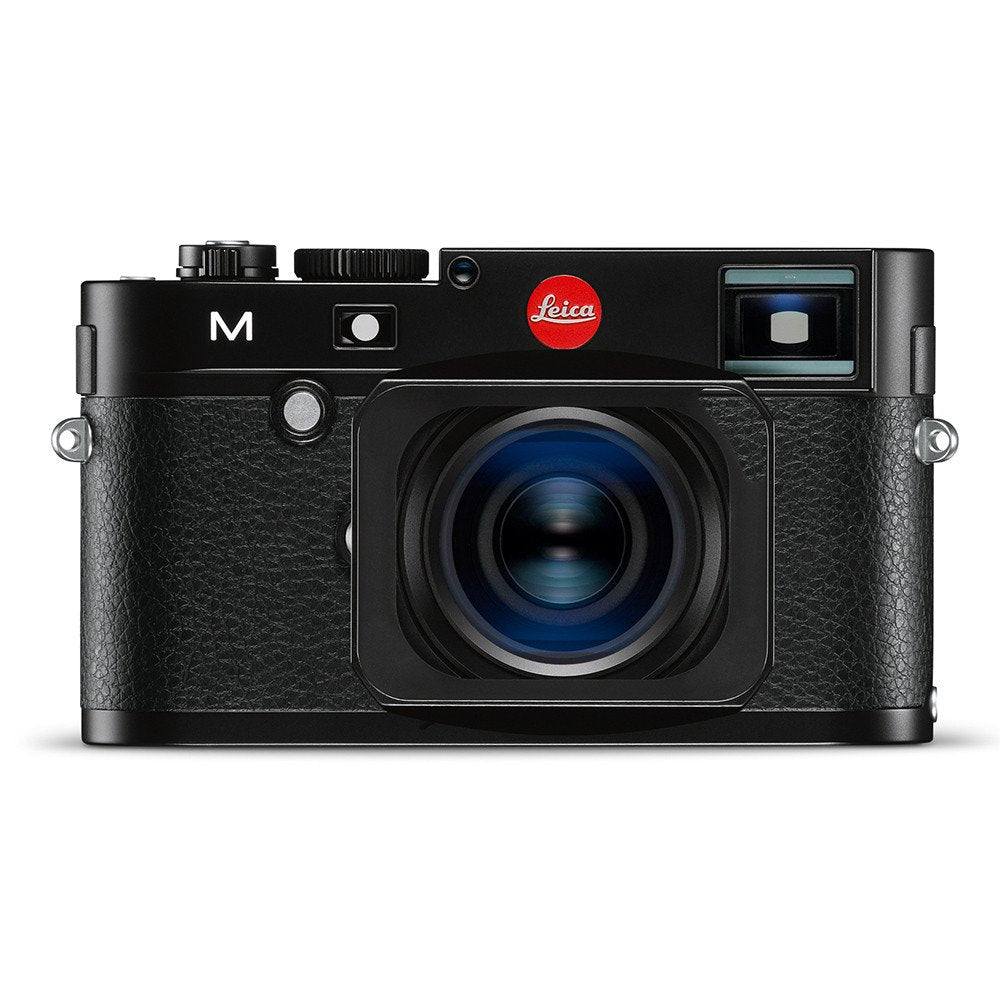
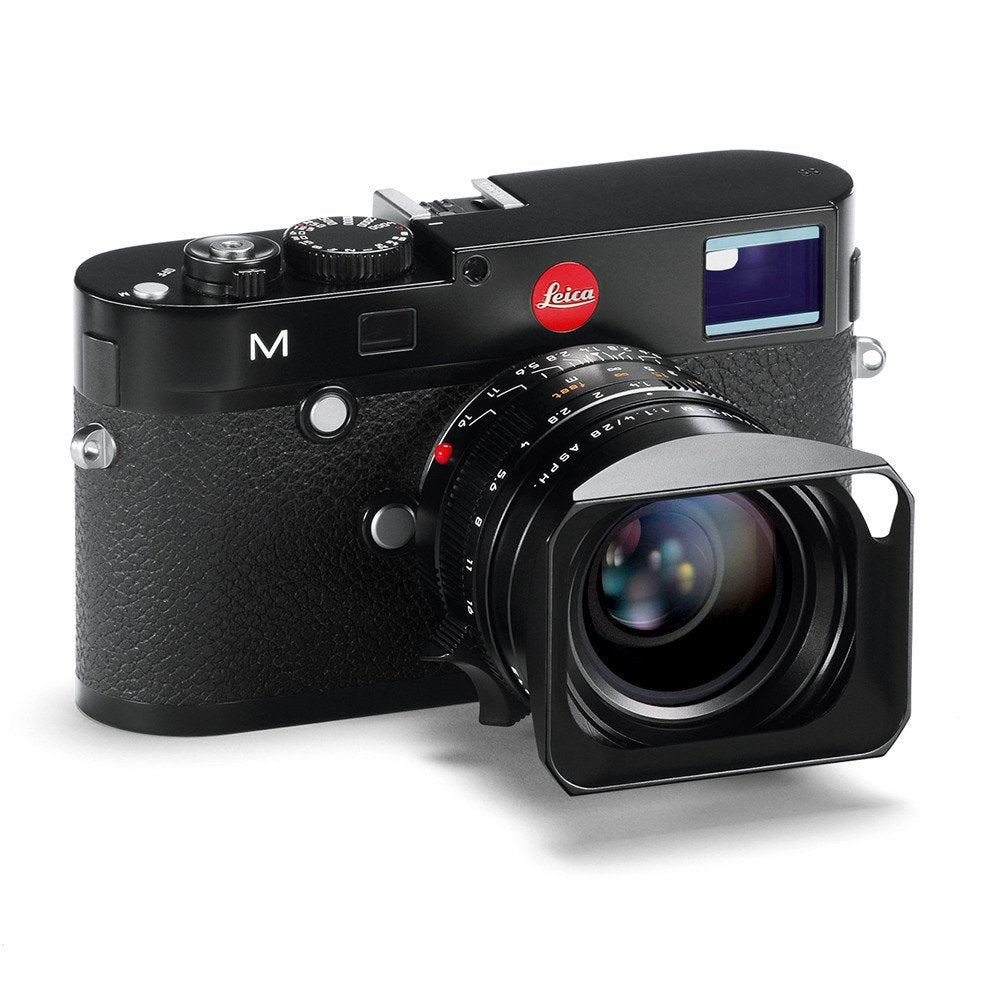
Leica Summilux-M 28mm F/1.4 ASPH. Black Anodized
Pre-order now – Arrival may take some time due to limited availability.
Leica Camera is pleased to introduce the Leica Summilux-M 28mm f/1.4 ASPH, the first Leica M-lens to combine an initial aperture of f/1.4 with the popular 28mm wide-angle focal length. This high speed wide-angle lens offers photographers high imaging performance with an unmistakable visual signature.
The Leica Summilux-M 28mm f/1.4 ASPH. rounds of f the range of high-speed M wide angle focal lengths. It offers excellent image performance over the entire image field even at full aperture and in the close-up range thanks to a floating element. With its exceptional contrast, the lens delivers the same recognized high performance level as the Leica Summilux-M 35mm f/1.4 ASPH., and in some respects actually out performs it.
The vignetting that is typical of every optical system is naturally more defined on a wide angle lens, particularly a high speed one like this, than on standard lenses or those with a long focal length. At full aperture in 35mm format it is a maximum, i.e. in the corners of the image, of around 3.4 stops, around 2 stops on Leica M8 models with their slightly smaller format. Stopping down to 5.6 visibly reduces this light falloff – to 1.8 and 0.8 stops respectively. Stopping down further does not bring about any notable reduction as essentially only the natural vignetting remains. Distortion is extremely low for a wide angle lens at a maxi-mum of 1.1%, which is rarely noticeable in practice. A total of ten lens elements are used to achieve this exceptional performance. To correct color defects, seven of these are made of glass types with anomalous color dispersion (partial dispersion), while one has an aspherical surface. To maintain performance in the close-up range, one element towards the rear of the optical system is a “floating element” that moves independently of the rest of the mechanism.
The Leica Summilux-M 28mm f/1.4 ASPH. offers maximum image performance with a focal length / speed combination previously unavailable in the M system. This extends the composition options of M photography, particularly for available light shots, but also thanks to a previously unattainable reduction in the depth of field combined with large field angles.
Key Benefits
Choose options






